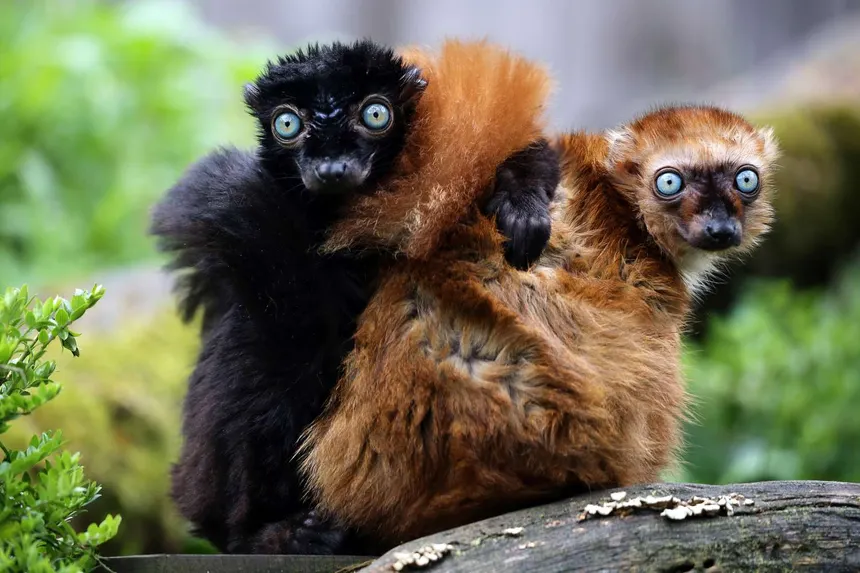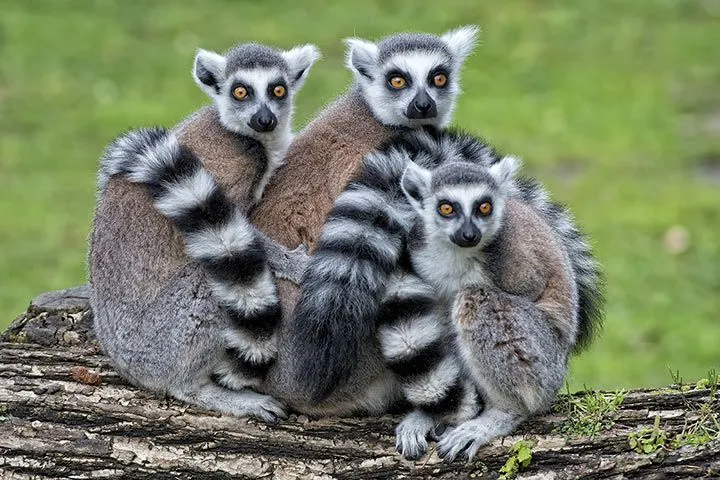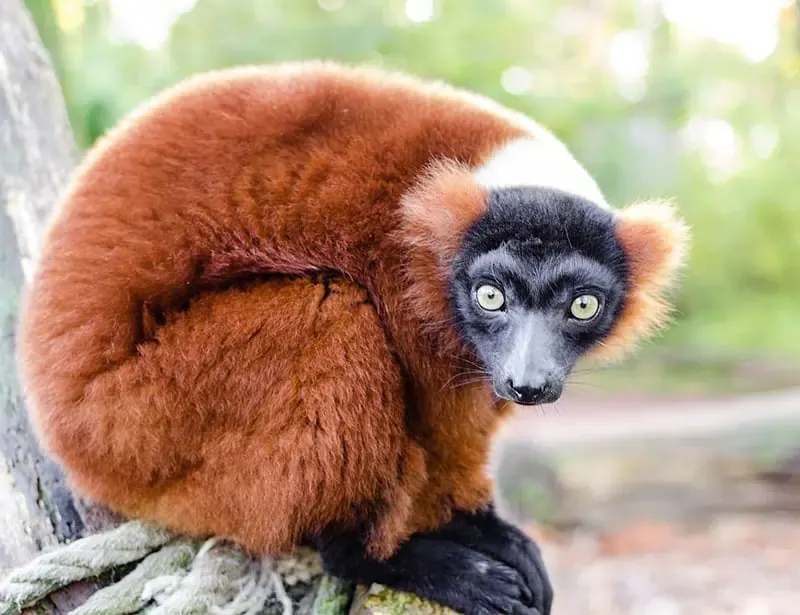“7 Fascinating Facts About Lemurs”

Lemurs are among the most unique and charismatic primates on Earth, found only in Madagascar and a few surrounding islands. Their expressive eyes, acrobatic agility, and complex behaviors have made them both a subject of scientific fascination and cultural wonder. As members of the primates order, they share some traits with monkeys and apes—but they are in a league of their own.
Here are 7 captivating facts that explore the incredible world of lemurs.
1. Lemurs Are Found Only in Madagascar
Lemurs are endemic to Madagascar, meaning they naturally exist nowhere else in the world. Madagascar’s isolation for over 80 million years allowed lemurs to evolve independently, resulting in over 100 different species, from the tiny mouse lemur to the large, vocal indri.
2. They Are Among the World’s Oldest Primates
Lemurs are some of the most ancient primates, with evolutionary roots dating back over 60 million years. They are considered “prosimian” primates, meaning they evolved before monkeys and apes. Their physical features—like their long snouts, reliance on smell, and large eyes—reflect this early evolutionary lineage.
3. Lemurs Come in All Shapes and Sizes
Lemurs are incredibly diverse. Some standout species include:
- Ring-tailed lemurs: Easily recognized by their black-and-white striped tails.
- Aye-ayes: Nocturnal lemurs with elongated middle fingers used for hunting insects inside wood.
- Indris: One of the largest lemur species, famous for its haunting, song-like calls that echo through the forest.
Each species has evolved to fit a specific ecological niche within Madagascar’s diverse habitats.

4. They Have Matriarchal Societies
In many lemur species, females dominate males, a rare trait in the animal kingdom. Female lemurs lead social groups, control access to food, and often get first pick when it comes to resources. Ring-tailed lemurs, for instance, live in troops where females are always in charge.
5. Lemurs Are Communication Experts
Lemurs use vocalizations, scent-marking, and body language to communicate. They can produce a wide range of sounds—from the indri’s long, eerie songs to the grunts, squeals, and clicks of other species. Scent glands on their wrists, chests, and genitals allow them to mark territory and convey social status.
6. Lemurs Play a Key Role in Their Ecosystem
Lemurs are vital to Madagascar’s ecology. As seed dispersers, they help maintain the island’s forests by eating fruit and spreading seeds through their droppings. Without lemurs, many native plant species would struggle to survive, making them a cornerstone of the island’s biodiversity.
7. Lemurs Are Critically Endangered
Unfortunately, lemurs are among the most endangered mammals on Earth. Deforestation, habitat loss, hunting, and illegal pet trade have pushed many species to the brink. According to the IUCN, over 90% of lemur species are threatened with extinction. Conservation efforts are critical to preserving these unique primates.

Conclusion: Lemurs Deserve Our Awe—and Protection
From their ancient origins to their complex societies and ecological importance, lemurs are nothing short of extraordinary. As Madagascar faces environmental challenges, protecting lemurs isn’t just about saving a single group of animals—it’s about preserving a deeply interconnected ecosystem and a living link to primate history.“7 Fascinating Facts About Lemurs”



